By Stan Wise
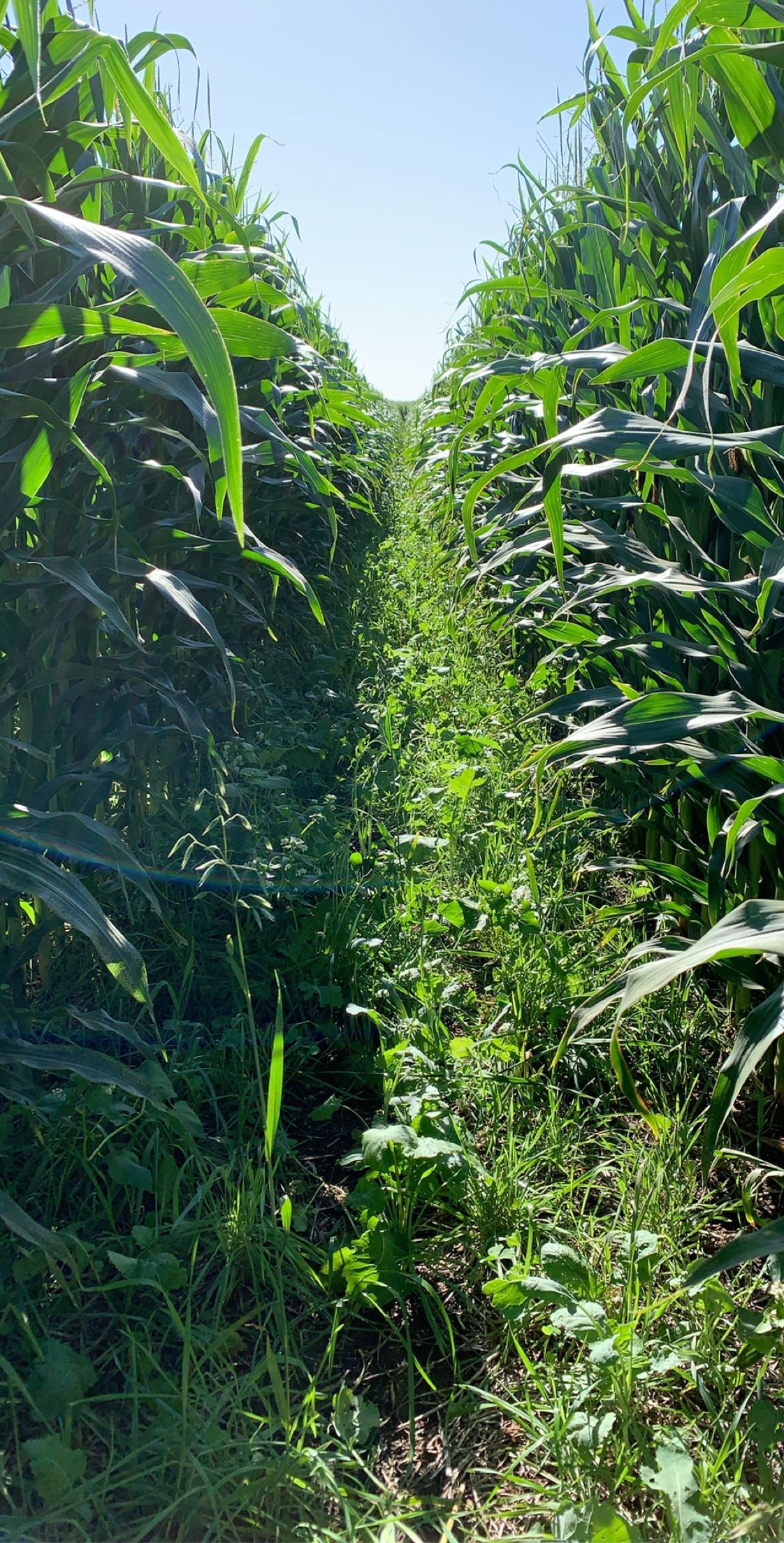
The Eichacker Family has conducted on-farm trials of interseeding cover crops in corn as part of their soil health journey. Courtesy photo.
PIERRE, SD – The benefits of improved soil health for agricultural producers and gardeners are numerous and valuable – reduced input costs, improved profitability, drought and flood resilience, reduced erosion, improved water quality, increased wildlife habitat, and more.
Just as there are many benefits to healthy soil, there are many ways to start adopting soil health practices. The first steps can vary with each individual operation, and sometimes, they can be relatively simple.
“Step one was, for us, it was actually to park the chisel in the fall,” said Salem, South Dakota, producer Adam Eichacker.
He said that fall in 2020 was followed by a dry spring, which allowed him to avoid a spring tillage pass, as well. “It just really opened up our window for what we can do in the spring,” Eichacker said. “What we found kind of worked kind of nice was actually just no-till, and we were able to get right into some moisture.”
This was an eye-opener for Eichacker who raises corn, soybeans, and alfalfa and manages pasture rangelands for a registered seed stock Simmental herd alongside his father, Steve; his mother, Cathy, and his uncle, Greg.
“We weren’t disturbing. We weren’t burning fuel. Labor is always a hard thing to come by, and it was one less guy we needed around spring that year, and that just kind of worked. And so, we kind of went back to the drawing board a little bit,” Eichacker said.
The decision to make a change happened after Eichacker decided to attend the Soil Health School, held by the South Dakota Soil Health Coalition and its partners. He said seeing the wind and rainfall simulators and participating in the other activities during the school was “was kind of a light bulb moment on how soil actually works.”
That light bulb moment and his success with no-till led to trials of 60-inch corn interseeded with cover crops and planting a rye cover crop after chopping silage in the fall.
“We actually did graze it a little bit in the fall there, and the best part was we kicked some cow-calf pairs out on that rye ground in the spring. That’s the first thing to green up, just like your yard,” Eichacker said. “And for us, having a place to just open up the gate and let these cows out of a lot with these calf pairs outside, kick them out there – and boy, that was just the healthiest group of calves we had coming off of that rye ground. And the cows, they sure loved it, and it was easy on our guy doing chores.”
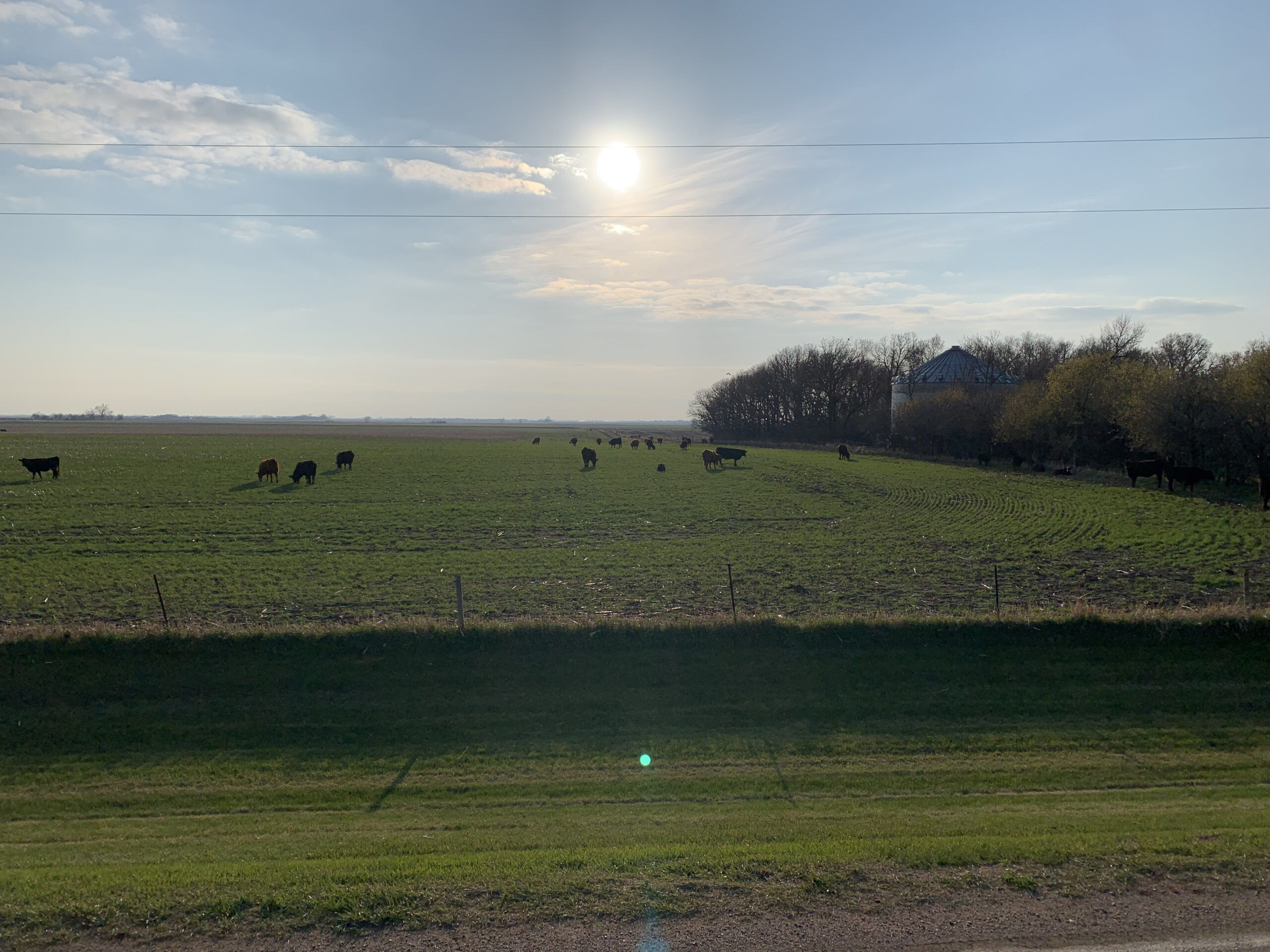
To further improve their soil, the Eichacker Family planted a rye cover crop after chopping silage in the fall and allowed their cattle to graze the rye. Integrating livestock on cropland is one of the five principles of soil health. Courtesy photo.
There are five principles of soil health:
1. Keep the soil covered with plant residues.
2. Minimize physical, chemical, and biological disturbance as much as possible.
3. Keep plants growing throughout the year to feed the soil.
4. Try to mimic nature with diverse plants.
5. Integrate livestock through cover crop and crop residue grazing.
How producers, landowners, or gardeners implement these principles will vary based on the needs of their operations.
“There is no ‘one size fits all’ with transitioning to soil health. There’s a lot of different factors that play in and what happens is once you have them all in place, they work well together,” South Dakota State University Extension Forage Field Specialist Sara Bauder said. However, she said that there can be a learning curve when adopting soil health practices.
“You know, for us, transitioning to a lot of this no-till, one of the mistakes was, ‘Well, this is what we’ve always done. It’ll work with this program.’ You know, get those words out of your head because it’s different,” Eichacker said. He said early no-till learning experiences taught him the importance having a planter properly equipped and adjusted for no-till field conditions and the necessity for correct timing when terminating a cover crop.
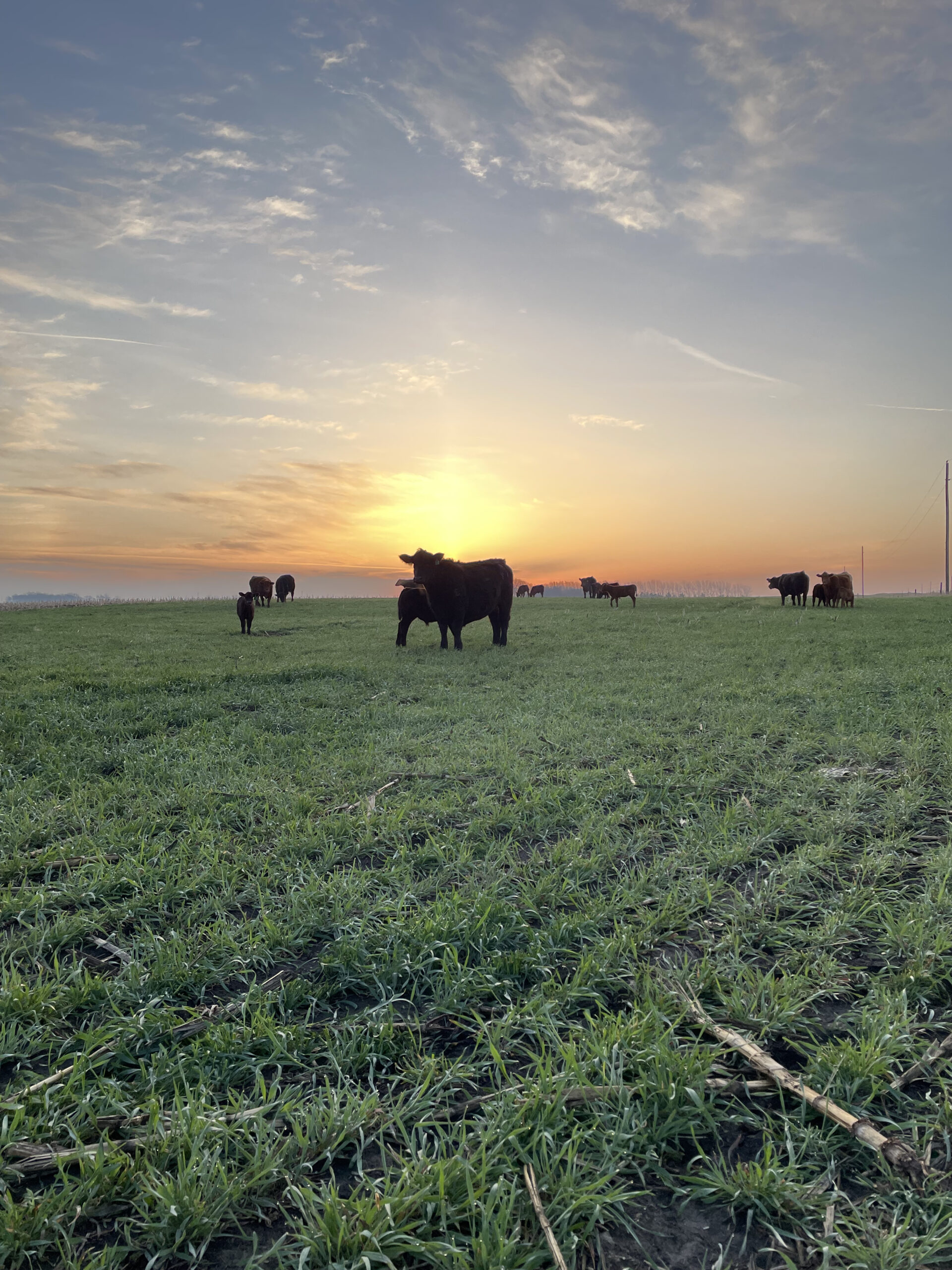
The Eichacker Family let some cow-calf pairs graze their rye cover crop. Adam Eichacker said the calves that grazed the rye were their healthiest group of calves that year. Courtesy photo.
Ask for help
Producers and landowners new to soil health practices can reach out to more experienced producers and professionals for help in understanding this different system and advice on how to avoid mistakes.
“I think if you try to dive in and do everything at once, it can be really overwhelming and difficult. So, it’s important to take things one step at a time and try not to do it on your own,” Bauder said. “You definitely want to have a mentor or a friend or someone at a local NRCS office, Extension office, or the Soil Health Coalition help you along the way.”
A new free mobile app called Growing Connections can help producers find experienced mentors near them who are willing to offer advice and answer questions. The app is available for download in the Apple App Store and the Google Play Store. More information about the app is available at www.sdsoilhealthcoalition.org/growing-connections-app/.
“Finding someone that’s done the things you’ve done – maybe they’re in your area or have soil similar to you in another area – can really help guide you,” Bauder said. “Sometimes hearing about someone else’s mistakes and successes can help provide reassurance and direction.”
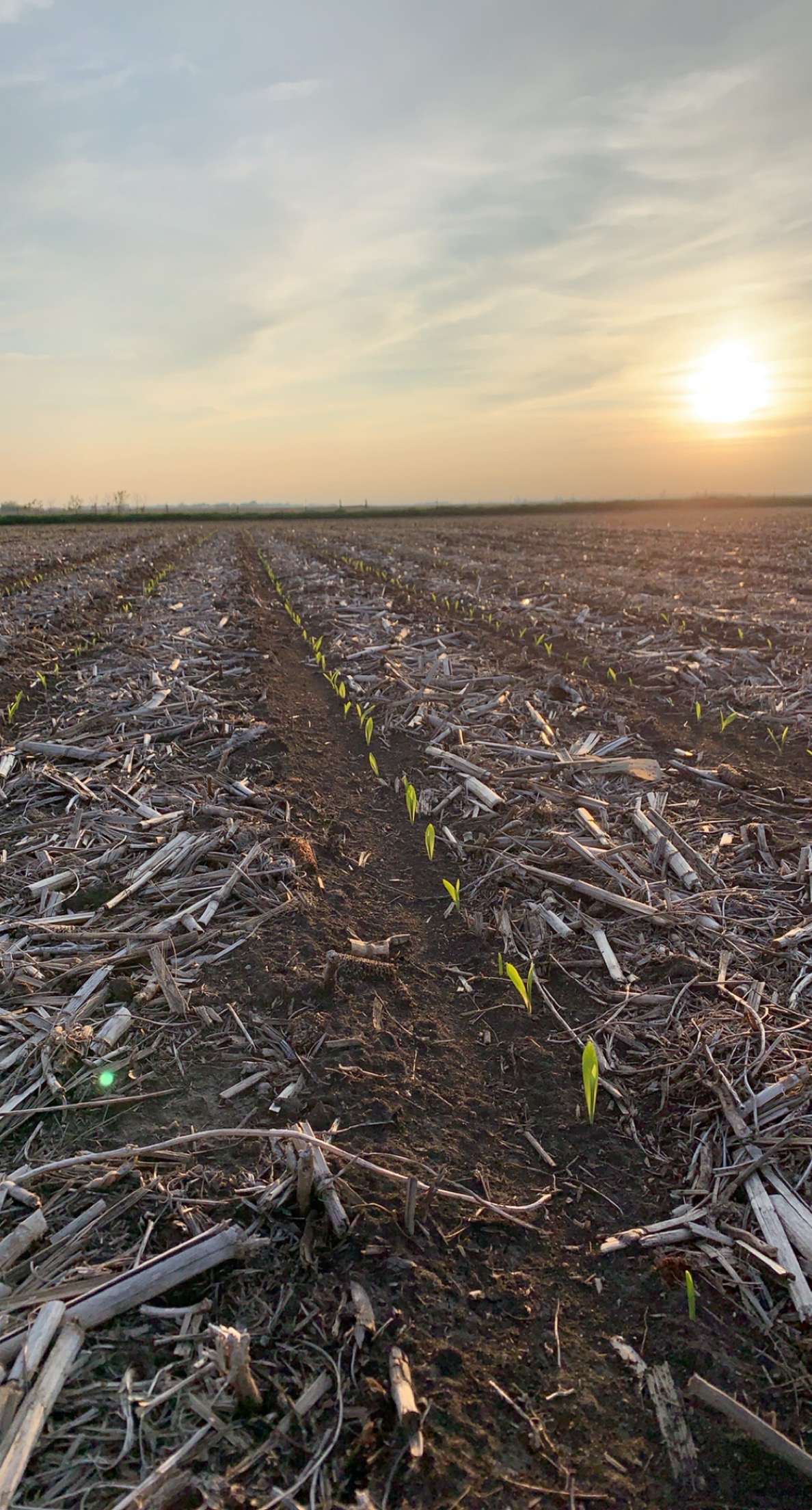
After the Eichacker Family parked their chisel in the fall of 2020, they discovered that no-till practices worked well for them. Courtesy photo.
She said there are other resources available to help producers implement new soil health practices like the South Dakota Soil Health Coalition website (www.sdsoilhealthcoalition.org), the Natural Resources Conservation Service website (www.nrcs.usda.gov), and the SDSU Extension publication “Transitioning to Soil Health Systems in Eastern South Dakota” (bit.ly/3mYRciz).
Registration for the 2023 Soil Health School, Aug. 28-30 near Garretson, South Dakota, is open to anyone who would like to learn more about adopting sustainable land management practices. More information about the school is available at www.sdsoilhealthcoalition.org/event-calendar/soil-health-school/.
Taking the first steps toward improved soil health may seem daunting, but with the help of mentors, several different agencies and organizations, and cost-share programs, producers and landowners can help their land stay resilient and productive for generations to come.
“Things that I never really thought changed, all of a sudden, these things change when you look at the whole agronomic perspective a little bit differently – when you start to realize how good nature can actually be if you just work with her,” Eichacker said.
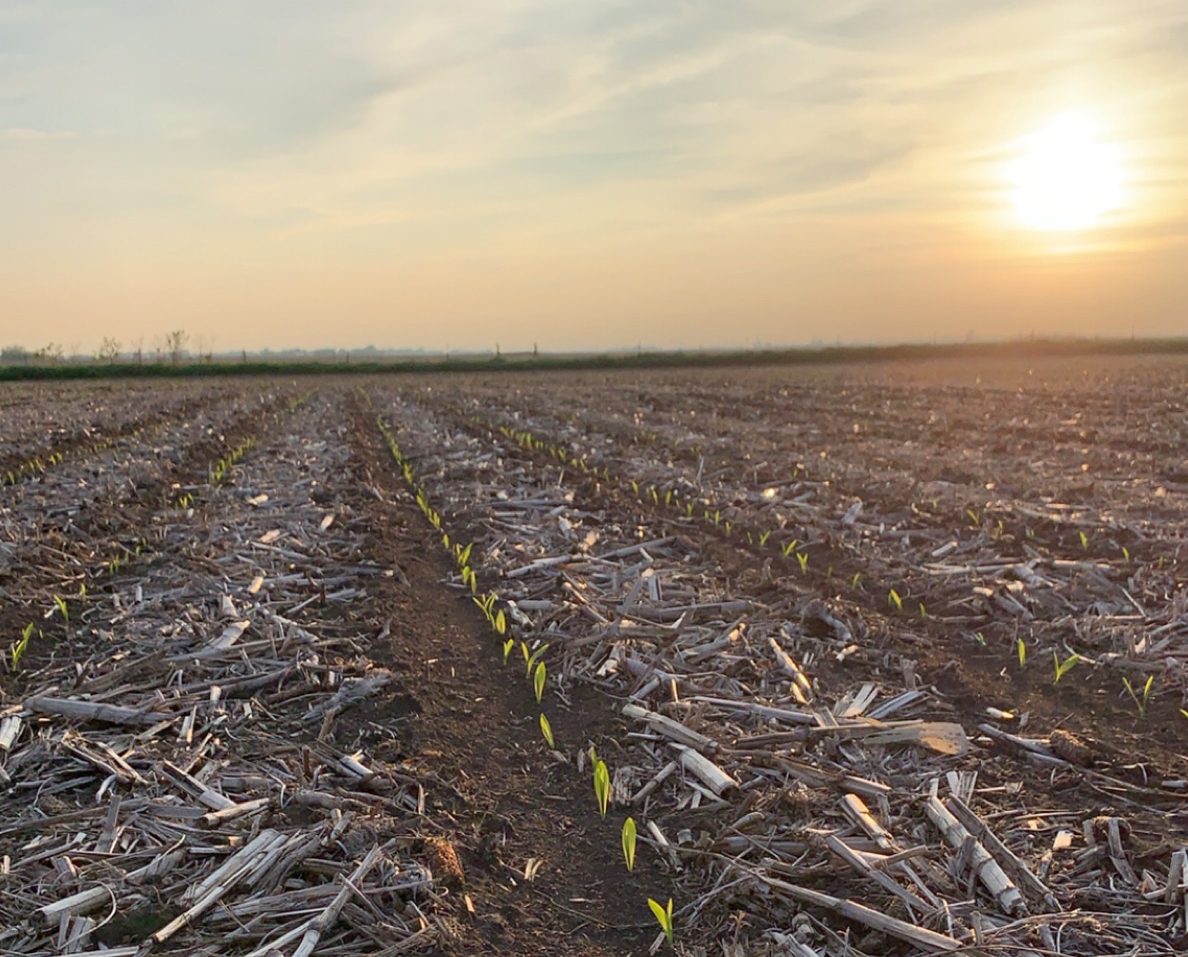
0 Comments